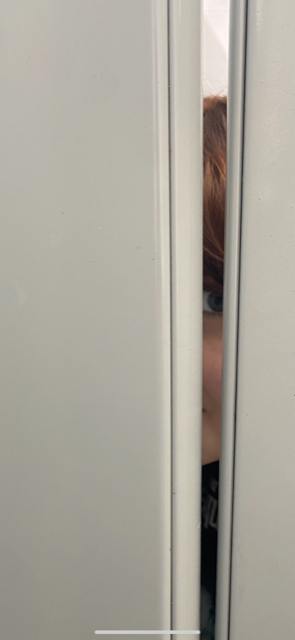Why the U.S. Needs to Close the Gap!
March 11, 2023
When using a public restroom, there are a number of factors that can sour your experience. The stall could be dirty, there could be an unpleasant smell or there could be a long line of people waiting out the door. There is one factor, however, that will never fail to make a public bathroom trip uncomfortable: the stall gaps.
Why do American stalls have gaps between the doors, floors and ceilings? Well, for one, it’s cheaper as it requires less material to build. It also provides an easy way to determine which stalls are occupied or not.
But other countries have floor to ceiling stalls with no door gaps and deal with few problems because of it, so why doesn’t the U.S. follow suit?
In a survey of 12,500 Americans conducted by IKEA, 68% of respondents said that having a private restroom area was one of their main appeals to working from home.
From personal experience, I know I can never relax in a public restroom if someone else is in there with me due to the lack of privacy. One of my greatest anxieties about leaving home for college is the life of only stall bathrooms that awaits me.
So other than the low cost and convenience of traditional gapped bathroom stalls, what is the need for such an exposing design?
The biggest issue is safety. American stalls allow for free air circulation, (which isn’t always a good thing in a bathroom), and a space to escape should a person become trapped inside.
Solutions to the safety concerns could be smaller gaps or some sort of emergency alert system for those trapped or experiencing another issue.
For the issue of determining whether or not the toilet is occupied, there are companies like Tooshlights that install lights above stall doors to indicate their occupation status.
Overall, floor-to-ceiling bathroom stalls provide more privacy, space and are easier to clean. Not to mention the higher walls could actually add an element of safety, as they would prevent people from climbing over or under the stall.
I hope you’re writing all this down, because I’d really prefer not to make eye contact with a stranger the next time I’m using the potty.










